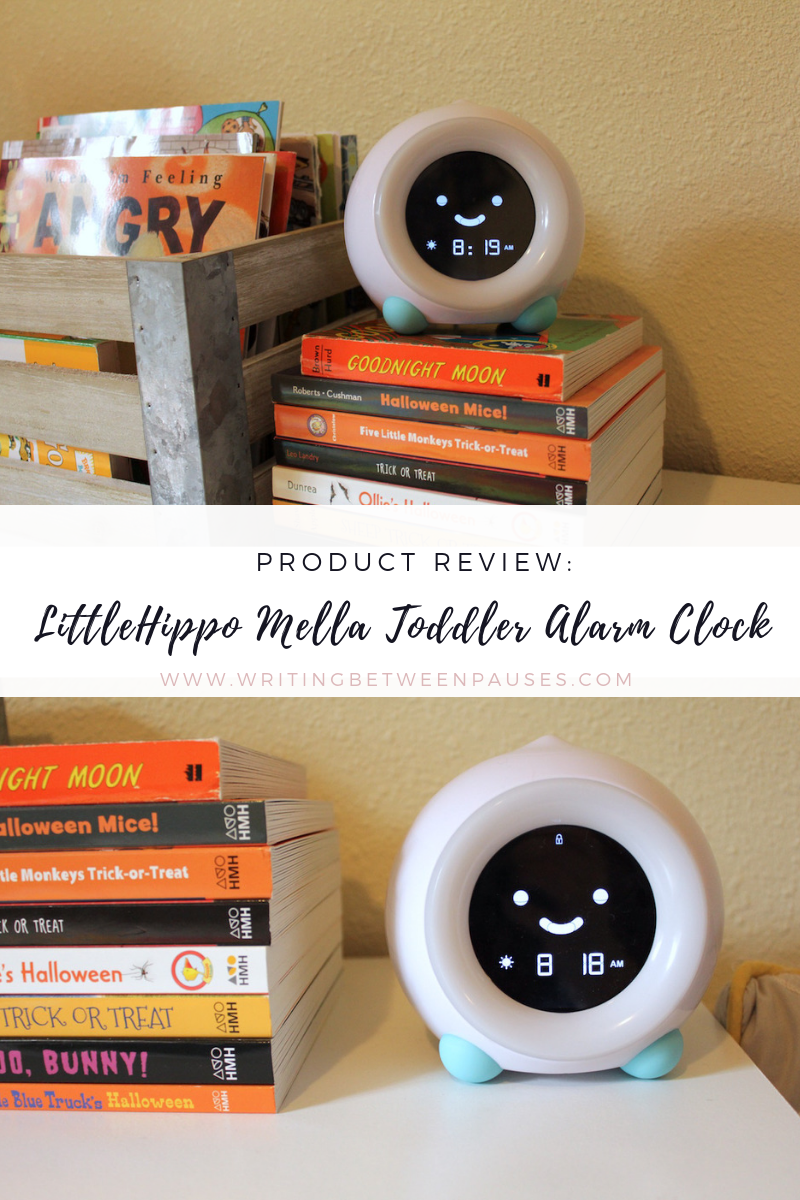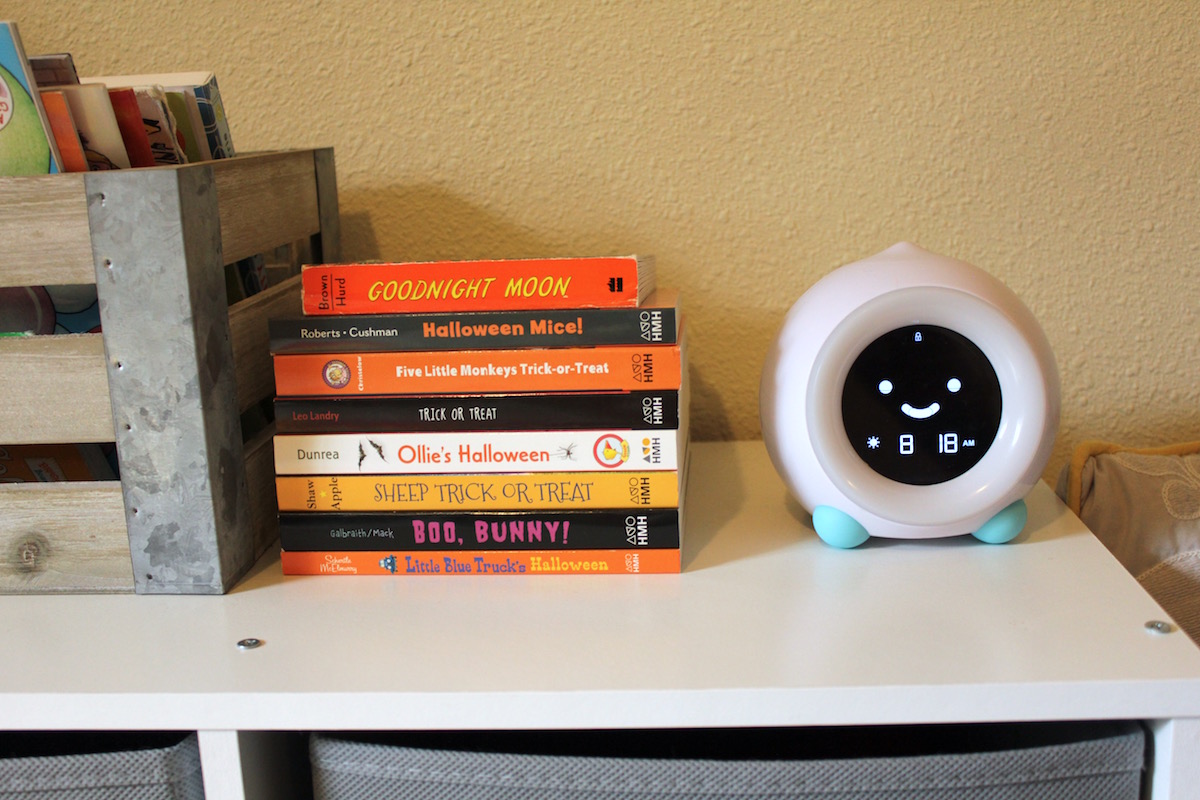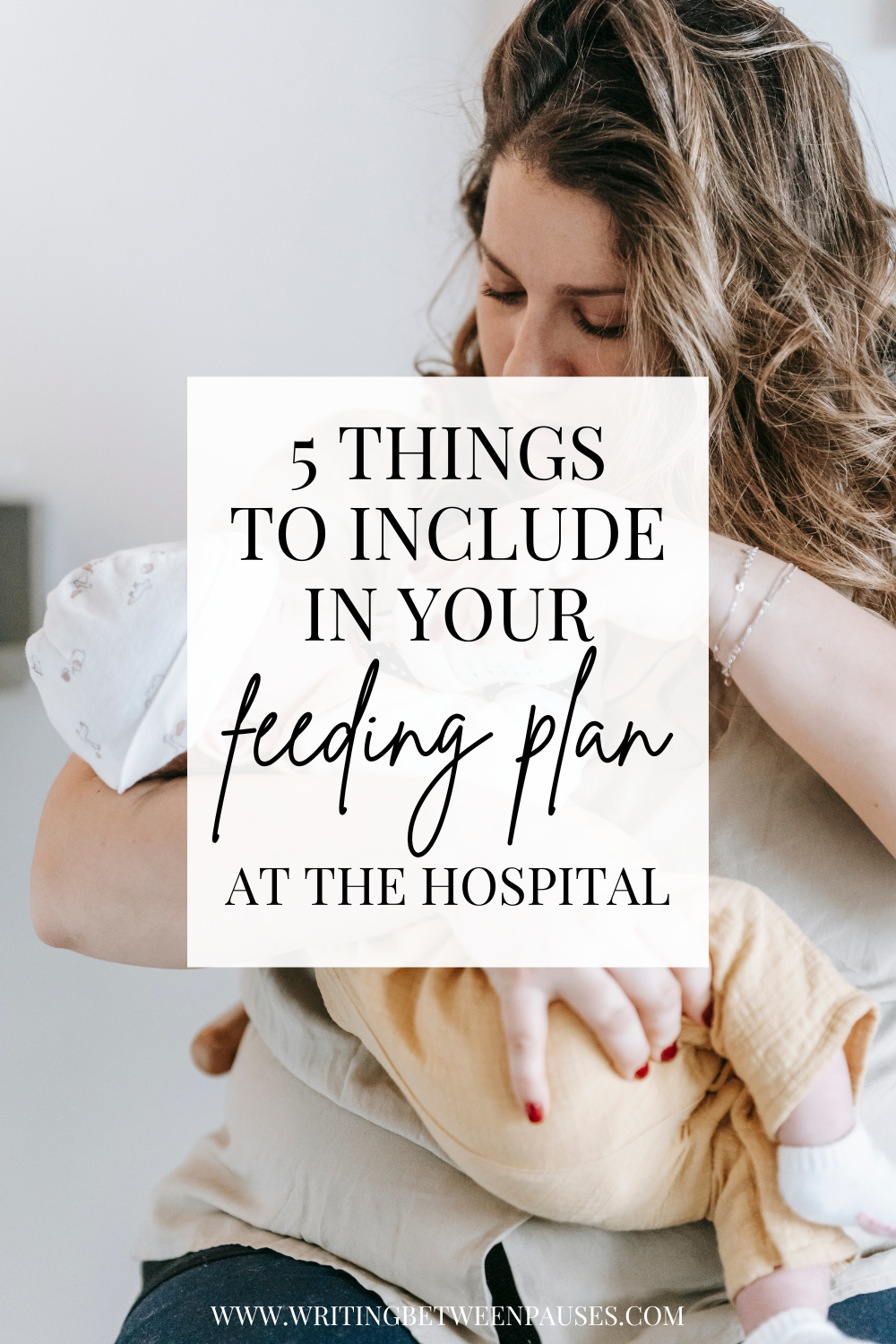Sleep is, as most parents know, a precious commodity.
When Forrest was first born, I didn’t sleep for days. I don’t say this to scare new moms, or to brag, or to participate in the strange “well, I sleep LESS!” Olympics that sometimes occurs between parents. It’s just a fact, but I don’t think I’m alone in it. I was induced into labor on a Tuesday, slept exactly 3 hours then went into labor for 7 hours, then Forrest was born. And from the moment he was born until about 72 hours later, I didn’t close my eyes once. Nurses were in and out of our room; there were hearing tests and blood sugar tests and medications for me and uterus massages for me. Then there were jaundice tests and heavy whispers between nurses. I took my first shower and went 20 hours without peeing because of the preeclampsia medication, which was another worry. I swelled again.
All-in-all, I didn’t even sleep much the first time I told Danny I absolutely needed to close my eyes and not get up for a few hours. I slept about 45 minutes, then woke up to pump and feed Forrest again, carefully removing him from the jaundice space bed he was inhabiting at that moment.
Sleep didn’t get much easier. For the first 9 months of Forrest’s life, we fed on demand not out of choice (although many parents do make this choice and that’s absolutely fine for them), but because Forrest’s late preterm status, low birthrate, and early struggle with jaundice and feeding had set him back, weight wise. I wanted him to catch up, his pediatrician wanted him to catch up, and that meant waking up every time he woke up and feeding him.
Friends, he woke up every 2 hours every single night for 9 solid months. And for 6 of those months, I was also still pumping every time he ate. So that meant waking up, feeding him for 20 minutes, putting him back to sleep next to Danny, getting up, getting my pumping equipment, pumping and massaging for 30 minutes, cleaning up, storing milk, mixing up formula and milk for the next feeding, sanitizing my pumping equipment, and then going to bed myself… then being woken up maybe 40 minutes later to do it again.
Again, I’m not writing this to scare anyone. This is just the way it was for us. It’s just something we had to do. But it wasn’t fun. I was absolutely miserable, barely sleeping, gaining weight at a rate that is still somewhat alarming, and irritable as all get out.
When we decided to sleep train at 9 months, it was for two reasons: firstly, I was having such bad anxiety that I had developed burning mouth syndrome, a syndrome where your mouth feels constantly dry even though you are producing saliva; and secondly, Forrest had finally reached a growth percentile that our pediatrician was happy with.
Cut to 6 months later and we were all happier. Forrest was finally meeting developmental milestones at the right time instead of towards the lower end of normal. We were all doing a lot better. And truly, we slept great for a long time.
Until February of this year. You see, it was in February that Forrest climbed out of his crib for the first time. He had been (and truly, continues to be) a rather stellar sleeper. Sleep training changed our lives and Forrest thrives on the routine that sleep training gave him. He goes to bed at 6:30 and while his wake ups have always been a bit early, we got 10-12 solid hours out of him most of the time so we couldn’t really complain. But once we switched him to a toddler bed, we struggled with him climbing out of bed, waking up far too early, or just doing random things in the middle of the night (like collecting toys and books into his bed).
We made it work for a long time: letting him play at 3:30 in the morning, hoping he would crawl back into bed eventually and sleep; letting him get up and run around in his room even though we knew he was beyond exhausted. However, when he did these things, my husband slept fine—but I would be awake, watching him on our monitor at 2 or 3 in the morning. I just couldn’t sleep knowing he was awake.
Finally, during the summer, I purchased the LittleHippo Mella Toddler Alarm Clock. We set it up and started using it around July or August. At first, we didn’t see much of an improvement. Sometimes, Fo still woke up at 4am and decided it was time to party. He was still young enough that he didn’t really understand the “rules” of the clock. It’s only been in the past month or so that we’ve seen a huge improvement.
It’s been in the last 2-3 months that Forrest has been staying in bed through the night really well, but waking up really early. Part of this has been reducing the amount he naps and adjusting his bedtime. These are things that can be really challenging; I get 2-3 hours every evening to work out, prep for lunches the next day, blog, and answer emails, as well as do any cleaning around the house that I can’t get done with Forrest around. So giving up another little chunk of that time has been hugely challenging.
However, the Mella has been a huge help for us. Here’s how Mella works:
“MELLA uses colors and facial expressions to teach your kids when it’s time for bed and time to wake up. Half an hour before it’s time to wake up, MELLA will glow yellow, signaling it’s almost time to start the day. When MELLA turns green, it’s time to wake up!”
Basically, you set a sleep time in the Sleep/Wake setting. Sleep time for us, it’s 6pm so that Mella is “asleep” when we bring Fo to his bedroom. Then, you set a wake up time; for us, that’s 5:50am, which is later than Forrest ever sleeps. However, Mella glows yellow 30 minutes before the “wake up” time to indicate play time. So if you’re ok with your toddler waking up 30 minutes early and playing, that will most likely wake them up. However, the yellow and green colors are very similar to each other, so Forrest has a slightly difficult time telling the difference. We set this wake up time later so that he can simply get up when Mella glows yellow.
I love how cute Mella is; the little face on the front is especially helpful for Forrest because, even though he struggles with the yellow versus green light, he knows when Mella is awake versus when she’s sleeping. And now that he’s old enough, he understands that when Mella is asleep, he needs to be in bed.
Mella also has a nightlight option; the front face will glow a variety of colors (you choose your preferred color) for 30 minutes until your child falls asleep. This is a nice idea, but the light is actually quite bright! Forrest has a star night light that he prefers. As well, Mella works as a sound machine too, with a set of 3 sleep sounds. We have a separate sound machine (so many machines in our son’s room at this point); however, the sound machine we have is notorious for burning out, so it’s nice to know we have an easy replacement for when it goes.
The Mella clock has really helped us start to sleep more in the mornings. Forrest finds it easy to understand now. I would say, if you’re looking into this clock, your child should be at least 3 before they are able to understand it effectively. That might vary child-to-child, but 6 months ago, he didn’t always “remember” the rules about Mella, even if he could talk about what Mella looked like.
Mella also has a battery back up, so if the lights go out, it is still running. Forrest always sleeps through the power going out, but we worried about maintaining his routine even through that. We like that we can also move Mella around without worrying about resetting everything!
If you’re the parent to a toddler or preschooler that has been waking up earlier and earlier each day, the LittleHippo Mella alarm clock is an investment—at $50, it’s not the cheapest alarm clock out there. But it has been a huge help to us recently. So much so, that I worry about it breaking! It has helped us to get more sleep, especially in the last few weeks.












